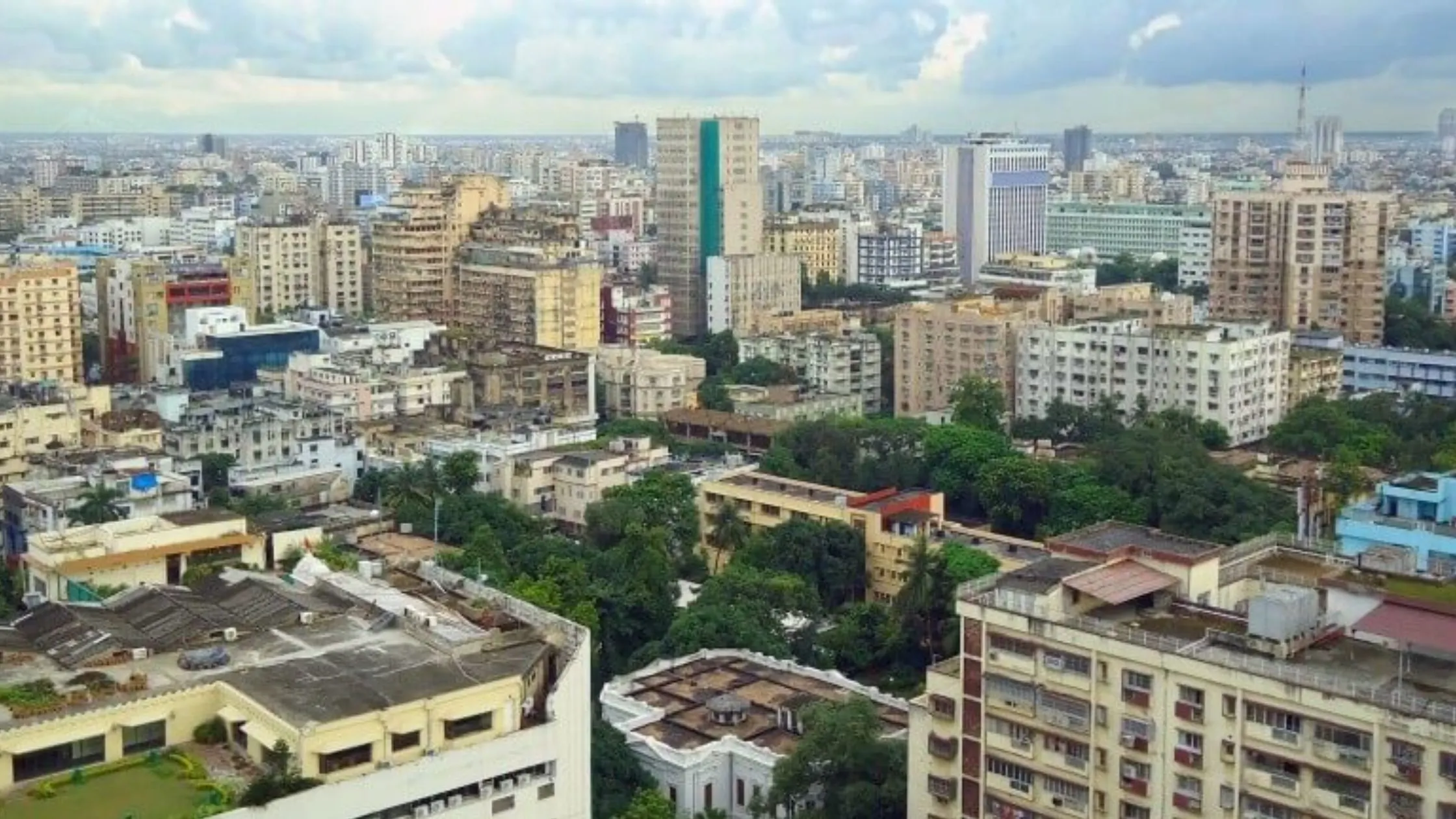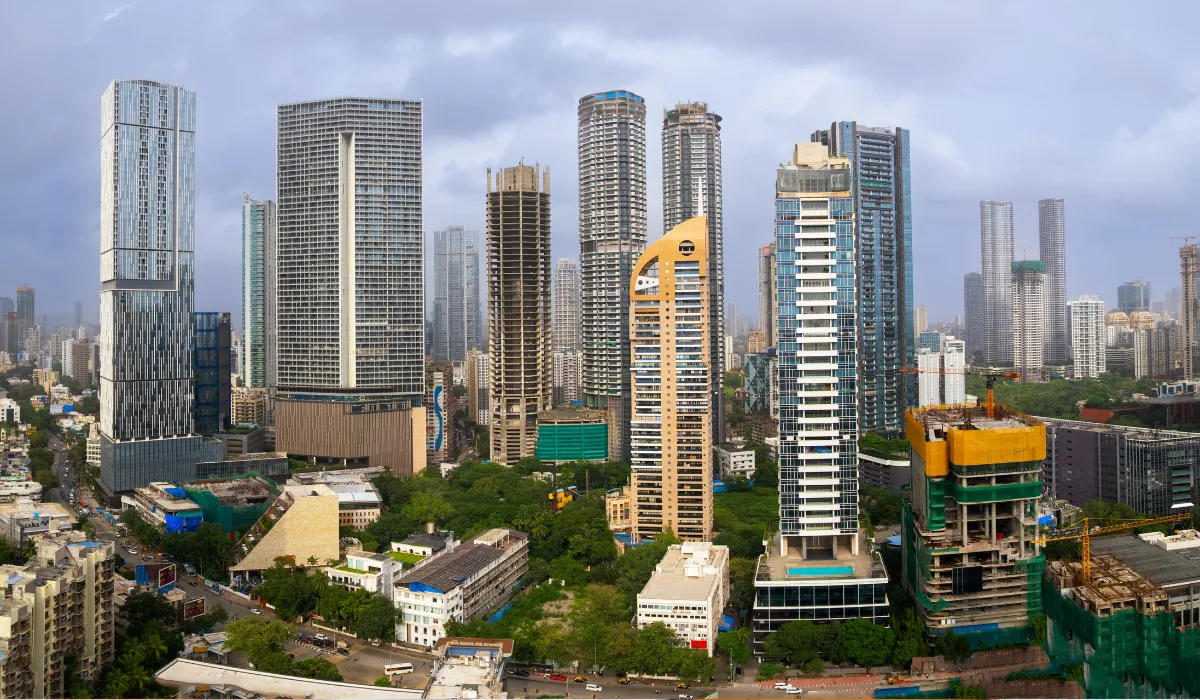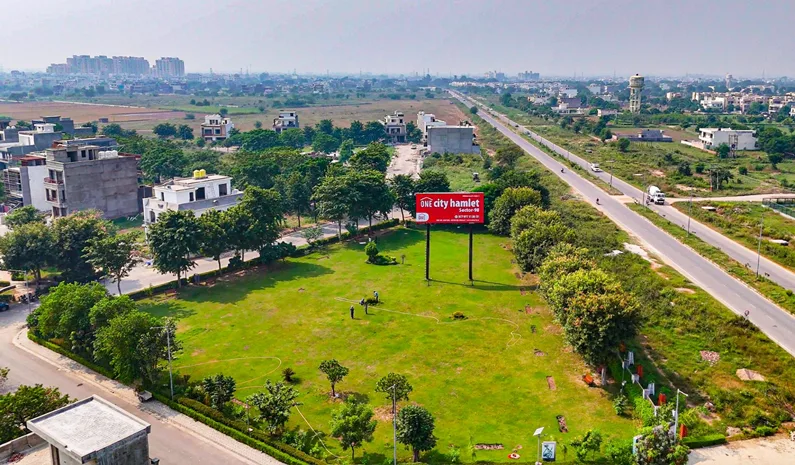Table of Content
Chennai’s commercial real estate market has kicked off FY2026 on a strong note, reaffirming its position as one of India’s leading office destinations. According to the latest report by ICRA, the city witnessed a net absorption of 3.1 million square feet (msf) of Grade-A office space in Q1 FY2026, marking a sharp rise in leasing activity. This surge in demand highlights the Chennai strong demand as Grade-A office market, supported by robust occupier interest from IT-BPM, engineering, and manufacturing companies.
The findings also reveal stable occupancy levels and steady rental growth, pointing to a healthy market outlook for the year ahead.
Office Space Supply & Absorption Trends
Chennai’s office space ecosystem has been expanding consistently. In FY2025, the city added nearly 4.9 msf of new Grade-A office stock, most of which was quickly absorbed by occupiers. The momentum continued into the current fiscal year, with 1.3 msf of fresh supply entering the market in Q1 FY2026.
What makes this growth remarkable is the level of absorption. Net absorption climbed to 3.1 msf, almost three times the new supply, reflecting strong occupier confidence and Chennai strong demand as Grade-A office spaces. This trend underscores the city’s ability to attract global and domestic firms looking for high-quality infrastructure and strategic locations.
Occupancy Levels & Projections
Occupancy levels are another indicator of the city’s strong performance. By June 2025, Chennai’s Grade-A office occupancy had risen to 90.6%, compared to 87.8% in March 2024. Analysts project that this will remain steady in the 90.5–91% range through March 2026.
The key drivers of this stability include:
- IT-BPM companies, continuing to expand their footprint.
- Engineering and manufacturing firms, leveraging Chennai’s industrial base.
- Global capability centers (GCCs), which increasingly prefer Chennai for its talent pool and cost advantages.
This consistent uptake further validates the Chennai strong demand as Grade-A office trend, making it a resilient market in India’s office real estate sector.
Emerging Micro-Markets: Pallavaram Leads
One of the most exciting developments in Chennai’s real estate map is the rise of Pallavaram. Located near Chennai International Airport, this emerging micro-market is expected to see 2.5 msf of new office supply in FY2026, accounting for nearly half of the city’s upcoming stock.
What’s noteworthy is that 21% of this space is already pre-leased, reflecting strong occupier confidence. Pallavaram is attracting IT/ITES companies due to its excellent connectivity and proximity to key business hubs. With this, the area is set to become a major growth hotspot, adding to the Chennai strong demand as Grade-A office outlook.
Chennai’s Office Stock & Market Share
Chennai’s Grade-A stock now exceeds 89 msf, representing 8.5% of the total supply across India’s top six office markets. Within the city, the OMR (Old Mahabalipuram Road) and South-West corridors account for nearly 80% of this stock, solidifying their dominance as prime office destinations.
Sub-markets like Tharamani, Perungudi, and Mt. Poonamallee Road collectively contribute about 35% of the supply. Limited new projects in these hubs are expected to keep vacancies under check, reinforcing Chennai strong demand as Grade-A office spaces in these established corridors.
Rental Growth Outlook
Rental growth has remained consistent in Chennai over the last five years, averaging a 3–4% compound annual growth rate (CAGR). Looking ahead, rentals are expected to continue this trend in FY2026, with a citywide increase projected at 3–4%.
Micro-markets such as Perungudi, Tharamani, Thoraipakkam, Mt. Poonamallee Road, and Guindy are leading this growth. The dominance of top developers also plays a key role, with the top 10 holding nearly 47% of the total stock and maintaining occupancy levels above 90%.
With steady rental escalation, landlords remain optimistic, and tenants continue to prefer Grade-A spaces for their operational and strategic needs—further strengthening Chennai strong demand as Grade-A office performance.
Long-Term Growth Trends
Between FY2017 and FY2025, Chennai’s office market grew at a 5% CAGR, slightly slower than the 7% CAGR seen across India’s top six office cities. Consequently, the city’s share of overall stock dipped from 10% in 2017 to 8.5% in 2025.
However, this share is expected to hold steady in FY2026. The consistency in absorption and occupancy demonstrates the Chennai strong demand as Grade-A office trend, proving that while growth may not be the fastest, it is sustainable and stable in the long term.
Key Drivers Behind Demand
Several factors explain why Chennai continues to attract strong occupier interest:
- Proximity to IT corridors and industrial clusters, giving companies access to skilled talent and infrastructure.
- Robust presence of IT-BPM, engineering, manufacturing, and GCCs, which remain key occupiers.
- Improved urban infrastructure and connectivity, including metro expansion and airport access.
- Competitive rentals compared to other metro cities, making Chennai cost-effective.
These factors together ensure the Chennai strong demand as Grade-A office market remains resilient, even as other cities face cyclical challenges.
Also Read:
What Lies Ahead for Chennai’s Office Market?
Looking ahead, FY2026 is expected to bring stability and measured growth for Chennai’s office real estate. Occupancy levels are likely to remain in the 90.5–91% range, while rentals continue to rise modestly by 3–4%.
Emerging hubs like Pallavaram will drive new demand, complementing the already saturated OMR and South-West corridors. With occupier confidence intact, Chennai is expected to maintain its 8.5% share of the pan-India office market.
The sustained Chennai strong demand as Grade-A office spaces suggests that the city will continue to be a preferred hub for corporates seeking long-term stability and growth.
Conclusion
The Chennai office market has proven its resilience with 3.1 msf absorption in Q1 FY2026, demonstrating solid occupier confidence. Supported by IT-BPM and engineering sectors, the city’s occupancy rates remain strong, and rental values are projected to rise steadily.
The rise of Pallavaram as an emerging hotspot, combined with established corridors like OMR and South-West Chennai, strengthens the city’s overall office ecosystem. With robust fundamentals and healthy demand, Chennai strong demand as Grade-A office will remain a defining trend in the city’s real estate story for FY2026 and beyond.


_1760608810.webp)





Ans 1. In Q1 FY2026, Chennai recorded a net absorption of 3.1 million sq. ft., showing a strong surge in leasing activity driven mainly by IT-BPM, engineering, and manufacturing firms.
Ans 2. About 1.3 million sq. ft. of fresh Grade-A office space was added, but absorption outpaced supply, indicating high occupier demand and confidence in Chennai’s market.
Ans 3. Pallavaram is a notable emerging micro-market, especially near Chennai International Airport, with around 21% of its upcoming 2.5 msf supply already pre-leased. Established corridors like OMR and South-West Chennai continue to dominate occupancy.
Ans 4. Occupancy reached 90.6% by June 2025 and is expected to remain in the 90.5–91% range. Rentals are projected to grow steadily at 3–4% citywide, with micro-markets like Tharamani, Perungudi, and Mt. Poonamallee Road leading growth.
Ans 5. Key drivers include proximity to IT and industrial clusters, presence of IT-BPM, engineering, and GCCs, improved urban infrastructure, and competitive rental rates compared to other metro cities.
Ans 6. Chennai has over 89 msf of Grade-A stock, representing 8.5% of the total supply across India’s top six office markets. OMR and South-West corridors account for nearly 80% of the city’s stock.